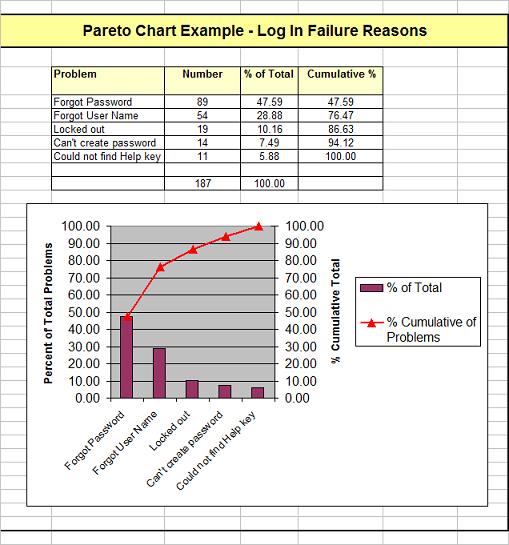|
What is the Pareto Principle? Learn How to Achieve More with LessThe Pareto or 80 20 PrincipleThe pareto principle tells us that some things are going to be more important than others. Simply 20 percent of the causes yield 80 percent of the results or problems. Fundamentally here is what happens:
Some examples would be:
Please note this law sometimes works out to be for example 70/30 or 90/10 and it seems to be a law of nature everything in the world seems to fall into this pattern. Example from a Software Company
Click here to see a
Pareto Chart example
from the quality improvement area.
It aslo vitally important to anyone creating a business strategy It is equivalent to the concept of constantly always 'building on the best and disposing of the least successful'. This rule is the key to finding the best. This 80 20 imbalance in any population really indicates that in the world things are not evenly distributed as one might think. This concept is not intuitive. Note, the imbalance does need to add up to 100. It can do like 70/30 but often it can 90/30, 50/10 or 80/28.
Who discovered this Principle - Guess Who?The concept was first discover by Vilfredo Pareto, an Italian economist, over 100 years ago. It has been reinvented by Zipf in 1949 using the term 'Principle of Least Effort'. lso known as the 80/20 rule, the law of the vital few, or the principle of factor sparsity. For example, the Principle claims that only a "vital few" peapods produce the majority of peas.
|
